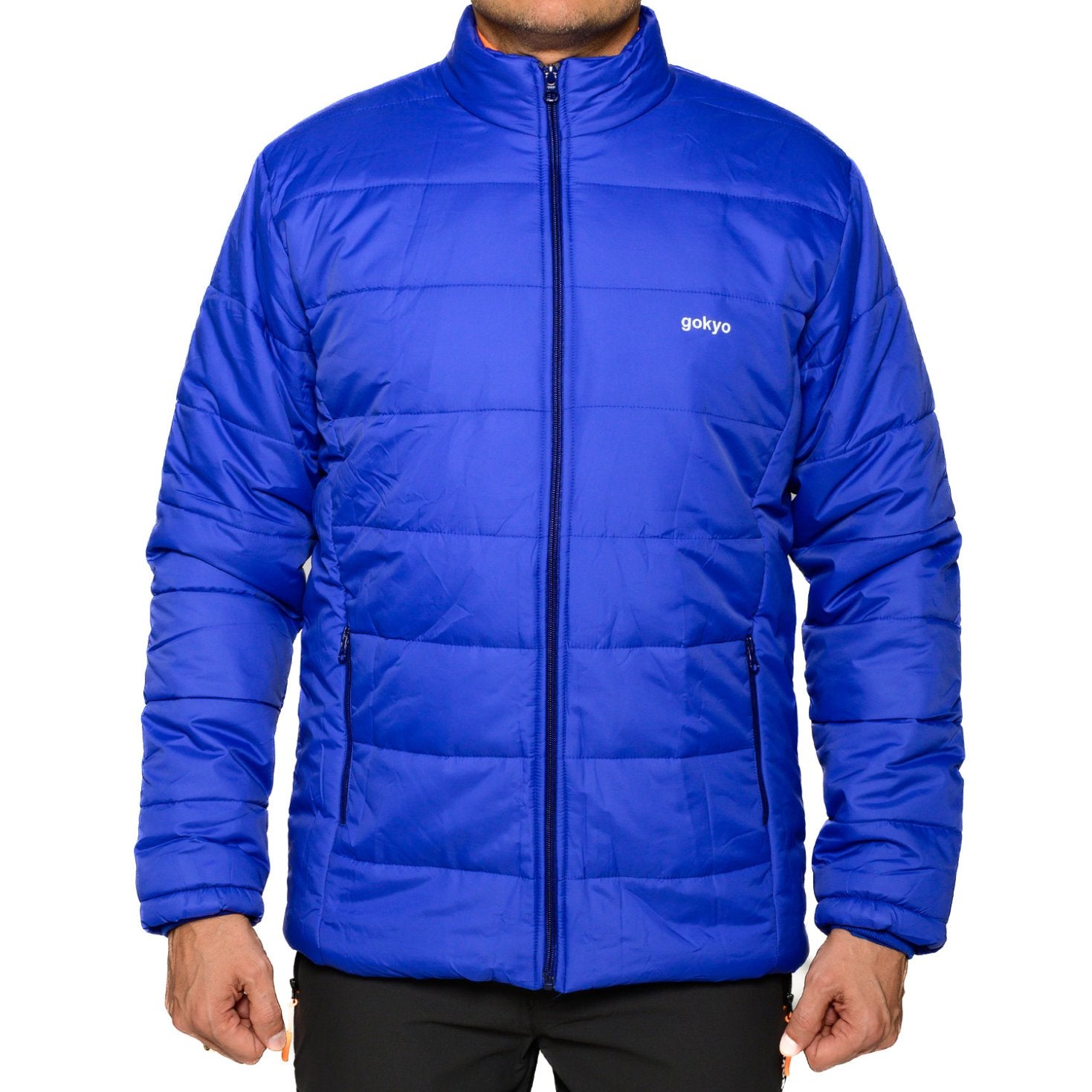Winter treks offer a unique kind of beauty – snow-capped peaks, crisp air, and a sense of adventure unlike any other. But conquering the elements requires proper preparation. The key to staying warm and comfortable on a winter trek lies in mastering the art of layering. This guide will equip you with the knowledge to build a winter trekking wardrobe that will keep you happy on the trail, no matter the conditions.
Layering Up for Success: The Essential Elements
The foundation of any successful winter trekking wardrobe is a layering system. This system utilises multiple garments with different properties to trap heat, wick away moisture, and provide protection from the elements. Here are the key components:
- Base Layer: This is your first line of defence against the cold. Opt for a base layer made from a moisture-wicking material like merino wool or synthetic fabrics. These materials pull sweat away from your skin, keeping you warm and dry.
- Mid Layer: This layer provides insulation and warmth. Popular options include fleece jackets, down jackets, or synthetic insulated jackets. The choice depends on the expected temperature and desired warmth level.
- Outer Shell: This layer protects you from wind, rain, and snow. A good outer shell should be waterproof, windproof, and breathable. Consider features like a hood, pit zips for ventilation, and a durable construction.
Base Layer Thermals for Ultimate Warmth and Comfort
Beyond the Basics: Additional Gear for Winter Treks
While the layering system is crucial, other essential gear plays a vital role in winter comfort:
- Insulated Pants: Look for pants with warm insulation and a weather-protective outer layer. Consider features like snow gaiters to keep snow out of your boots.
- Warm Socks: Invest in a good pair of moisture-wicking, insulated trekking socks made from wool or synthetic materials.
- Hat & Gloves: Don't forget to protect your extremities! Choose a warm hat and gloves that are appropriate for the expected temperature.
- Neck Gaiter: A neck gaiter provides additional warmth and protection from wind and snow.
- Trekking Poles: These can be a lifesaver on icy or snowy terrain, providing stability and support.
Choosing the Right Puffer Jacket
Puffer jackets, also known as down jackets, are a popular choice for winter treks due to their exceptional warmth-to-weight ratio. However, down loses its insulating properties when wet. For very wet conditions, consider a synthetic insulated jacket.
Vest Jackets: Adding Versatility
Vest jackets are a great option for adding core warmth without restricting arm movement. They can be layered under a shell or worn on their own during rest breaks.
Gokyo: Your Partner in Winter Exploration
At Gokyo, we understand the importance of having the right trekking gear for your winter adventures. We offer a wide selection of high-quality winter trekking clothing, including base layers, puffer jackets, vest jackets, insulated pants, and more. With our expert advice and a diverse range of options, you can build a winter trekking wardrobe that will keep you warm, comfortable, and ready to conquer any snowy trail. So ditch the bulky sweaters and embrace the world of technical layering. Explore our collection today and master the art of winter trekking!
Frequently Asked Questions (FAQs) :
-
What is the purpose of a base layer in winter trekking?
The base layer wicks moisture away from your skin, keeping you dry and warm. Opt for moisture-wicking materials like merino wool or synthetic fabrics.
-
What should I look for in a mid layer for winter trekking?
The mid layer provides insulation. Popular choices include fleece, down, or synthetic jackets. Choose based on the temperature and your desired warmth level.
-
What features are important in an outer shell for winter treks?
Look for waterproof, windproof, and breathable materials. Features like a hood, pit zips for ventilation, and durable construction are also essential.
-
What additional gear is important for winter treks?
Essential gear includes insulated pants, warm socks, a hat, gloves, a neck gaiter, and trekking poles for stability on snowy or icy terrain.
-
How do I choose between down and synthetic puffer jackets?
Down jackets offer excellent warmth but lose insulation when wet. For wet conditions, synthetic jackets are a better choice as they maintain warmth even when damp.










































